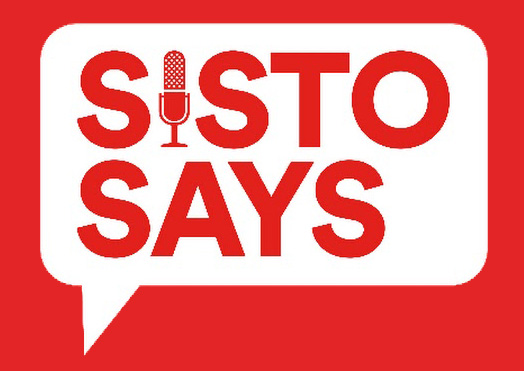Design 2147 CEO Sisto Martello recently had the opportunity to speak with Jared Forman, Director of Sustainability at KOW Building Consultants, about the ins and outs of Local Law 97 for Affordable and Market Rate Buildings. Here are some of the important takeaways from the conversation.
Q: Everybody wants to know if they have to comply.
A: The Local Law states there are exemptions for Residential buildings. One- and two-families are exempt as well as city, state and federally-owned structures.
Q: So if you are exempt, where is the cutoff in terms of size if you need to comply?
A: The short answer is, if your building is 25,000 square feet or more you must comply. Another short answer is that under Local Law 84, Benchmarking is required by owners following the same building size requirements. If you’re required to file, and have been filing, LL84 benchmarking with DOB, you’ll also be required to comply with Local Law 97.
Q: So if I have an Affordable Housing building, there are requirements that are due by December 31, 2024, correct?
A: Yes, if you have an affordable residential building over 25,000 square feet you will be required to complete 13 Prescriptive measures and submit documentation to the Department of Buildings, or demonstrate that your building is already in compliance with the Local Law 97 2030 performance requirements.
The 13 measures are listed below:
(1) Adjusting temperature set points for heat and hot water to reflect appropriate space occupancy and facility requirements;
(2) Repairing all heating system leaks;
(3) Maintaining the heating system, including but not limited to ensuring that system component parts are clean and in good operating condition;
(4) Installing individual temperature controls or insulated radiator enclosures with temperature controls on all radiators;
(5) Insulating all pipes for heating and/or hot water;
(6) Insulating the steam system condensate tank or water tank;
(7) Installing indoor and outdoor heating system sensors and boiler controls to allow for proper set-points;
(8) Replacing or repairing all steam traps such that all are in working order;
(9) Installing or upgrading steam system master venting at the ends of mains, large horizontal pipes, and tops of risers, vertical pipes branching off a main;
(10) Upgrading lighting to comply with the standards for new systems set forth in section 805 of the New York City energy conservation code and/or applicable standards referenced in such energy code on or prior to December 31, 2024. This provision is subject to 2 exception 1 in section 28-310.3, provided that July 1, 2010 is replaced by January 1, 2020 for the purposes of this section;
(11) Weatherizing and air sealing where appropriate, including windows and ductwork, with focus on whole-building insulation;
(12) Installing timers on exhaust fans; and
(13) Installing radiant barriers behind all radiators.
Q: What is the main difference in compliance for an Affordable Building versus a Market Rate?
A: Good question. The main difference is that the Affordable structure has the option to comply by completing the applicable prescriptive measures by the end of the 2024 calendar year, and the Market Rate Building does not have the prescriptive measures options, rather starting January 2024 they are on the full path to Local law 97 compliance. If they are not in compliance, they will receive fines by 2025 after filing with DOB.
Q: Are there fines for the affordable buildings for the prescriptive measures?
A: Not necessarily. The prescriptive measures need to be completed and documented by December 31, 2024, and if they’re not the building will expect a flat-rate penalty. Once these measures are completed, that affordable housing building will be in compliance with the law through 2029. The actual work to comply with Local Law 97 based on your rating will need to be done by 2030. At that point, even Affordable housing will need to meet the same standards as Market Rate buildings.

